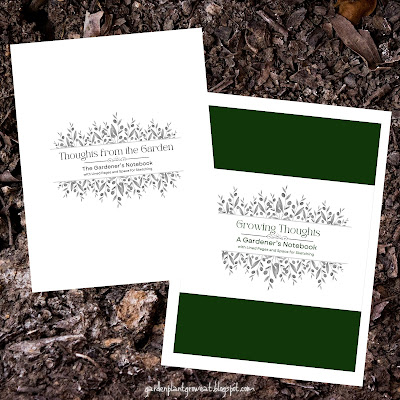Timeless Winter Gardening Wisdom / January
Timeless Winter Gardening Wisdom, What to Do in January!
Winter may seem like a dormant season in the garden, but for the eager and attentive gardener, it’s a time ripe with opportunity.
Did you know that January is a particularly important month to assess, plan, and prepare—not just for the upcoming spring but also for the long-term health and sustainability of your garden?
With 2025’s innovative gardening tools and techniques at our fingertips, alongside tried-and-true methods from the past,
the information gathered here aims to help you make the most of this season and be better prepared for the upcoming growing season.
Timeless Winter Gardening Wisdom,
What to Do in January!
Winter gardening in 2025 offers many unique advantages.
Smart gardening systems, climate-resilient plants, and AI-driven tools make managing gardens in cold months more efficient than ever.
But even as technology advances, age-old practices like soil care and pruning remain essential.
Whether managing an outdoor plot or cultivating indoor greens, explore this breakdown of tasks to keep your garden spaces thriving throughout the year!
Tasks for a January Garden: Month-by-Month Guide
1. Plan Your Planting Schedule
January is ideal for plotting out your year’s gardening activities.
Use this time to consider…
Seasonal Crops: Research the best cold-tolerant crops for your area, such as kale, spinach, and winter garlic.
Climate Trends: Use predictive weather tools to adapt your garden’s schedule.
Succession Planting: Plan rotations to maximize yield while preserving soil health.
Companion Planting: Map out a garden plan with companion plants in mind to help better optimize space and overall garden harvest.
2. Tend to Soil Health
January is a great time to…
- Test Your Soil: Check pH levels and nutrient content with easy-to-use soil test kits.
- Amend with Compost: Spread organic matter to enrich your garden beds for spring planting.
- Mulching: Protect exposed soil from erosion and temperature fluctuations by adding a fresh layer of mulch.
3. Prune and Protect Trees and Shrubs
Take advantage of dormancy…
- Prune Deciduous Trees: Remove dead or diseased branches to promote growth in spring.
- Check for Pests: Inspect bark and branches for overwintering insects.
- Shield Young Plants: Use frost covers or burlap to safeguard against severe cold.
4. Start Indoor Seedlings
Indoor gardening is an excellent way to get a head start on the upcoming growing season.
Choose LED Grow Lights: These energy-efficient lights support photosynthesis in winter.
Select Cold-Hardy Crops: Start seeds like broccoli, cauliflower, and lettuce indoors.
Monitor Water Levels: Indoor plants need consistent hydration due to drier winter air.
Gardeners, is this something you already do? Which seeds to you like to start indoors in January?
[‘Dig’ into find the TOP 3 smart gardening systems redefining indoor gardening for 2025!]
5. Clean and Maintain Tools
Don’t forget to tend to the gardening tools during the off-season!
- Sharpen Blades: Get your pruners and shears sharpened and ready for spring use.
- Oil Metal Parts: Prevent rust and ensure longevity with a good coat of oil.
- Organize Supplies: Inventory seeds, fertilizers, and tools in preparation for the planting season.
Wisdom from the Past… Learning from Tradition.
Some of the most effective winter gardening practices are rooted in age-old traditions often passed down from one generation of gardeners to the next.
Farmers and gardeners of the past have been known to have relied on:
Manure as Fertilizer: A natural soil amendment that remains integral for organic gardening.
Crop Rotation Planning: An ancient strategy used to reduce pests and improve soil fertility.
Mulching with Straw: One of the simplest, most basic ways to insulate and nourish soil.
Preparing Your Garden for the Future…
With the climate continuing to shift, winter gardening in 2025 also requires foresight.
Take a moment to consider…
- Investing in Climate-Resilient Crops. Research varieties bred for extreme weather.
- Adopting Smart (or smarter) Tech. Systems that monitor soil moisture and temperature help better optimize your hard efforts.
- Exploring Indoor Vertical Gardening. Ideal for urban gardeners with limited outdoor space.
The Final Thought…
January is a month blooming with potential for gardeners ready to embrace both innovation and tested traditions.
By planning ahead, tending to soil and plants, and leveraging modern tools alongside timeless practices, you can ensure your garden will be ready for spring when spring arrives!
As you warm your hands with your favorite hot cup of drink, remember...
The seeds you sow today—whether literally or figuratively—shape the bountiful harvests of your tomorrow!
What tasks are on your winter gardening checklist this year?
Drop your list into the comments below!








